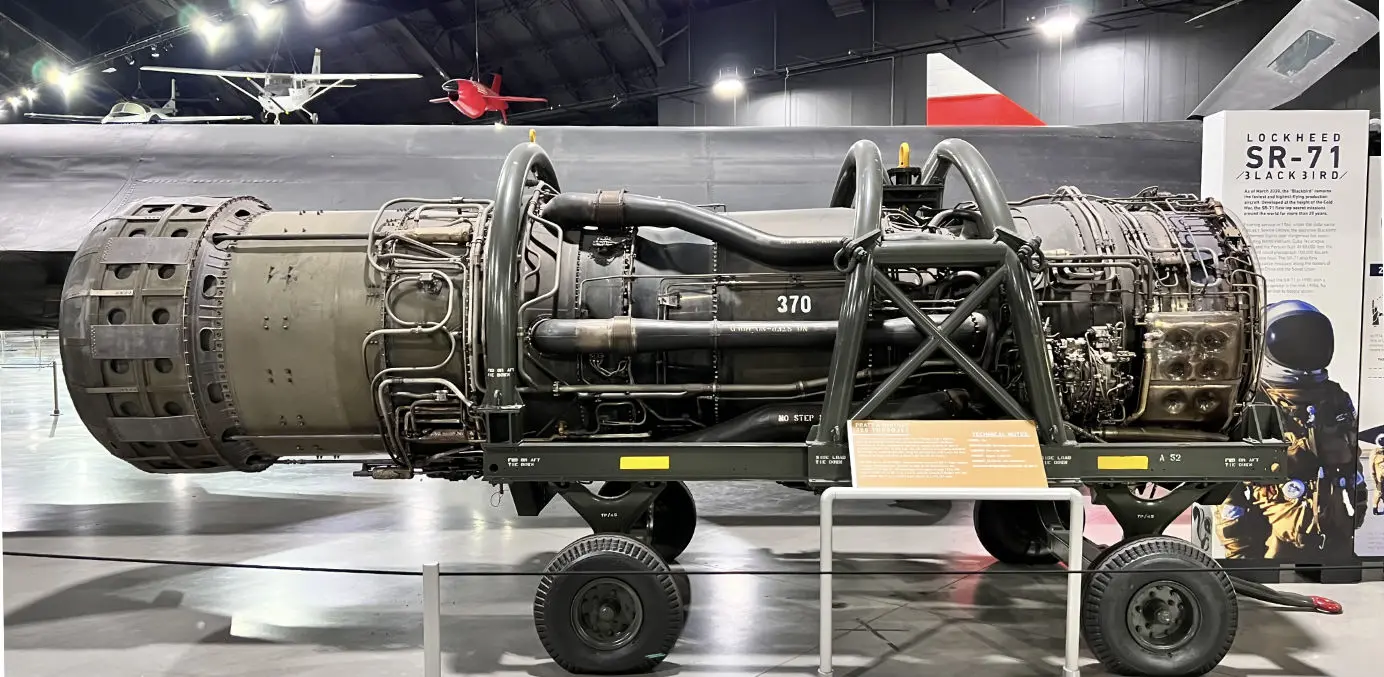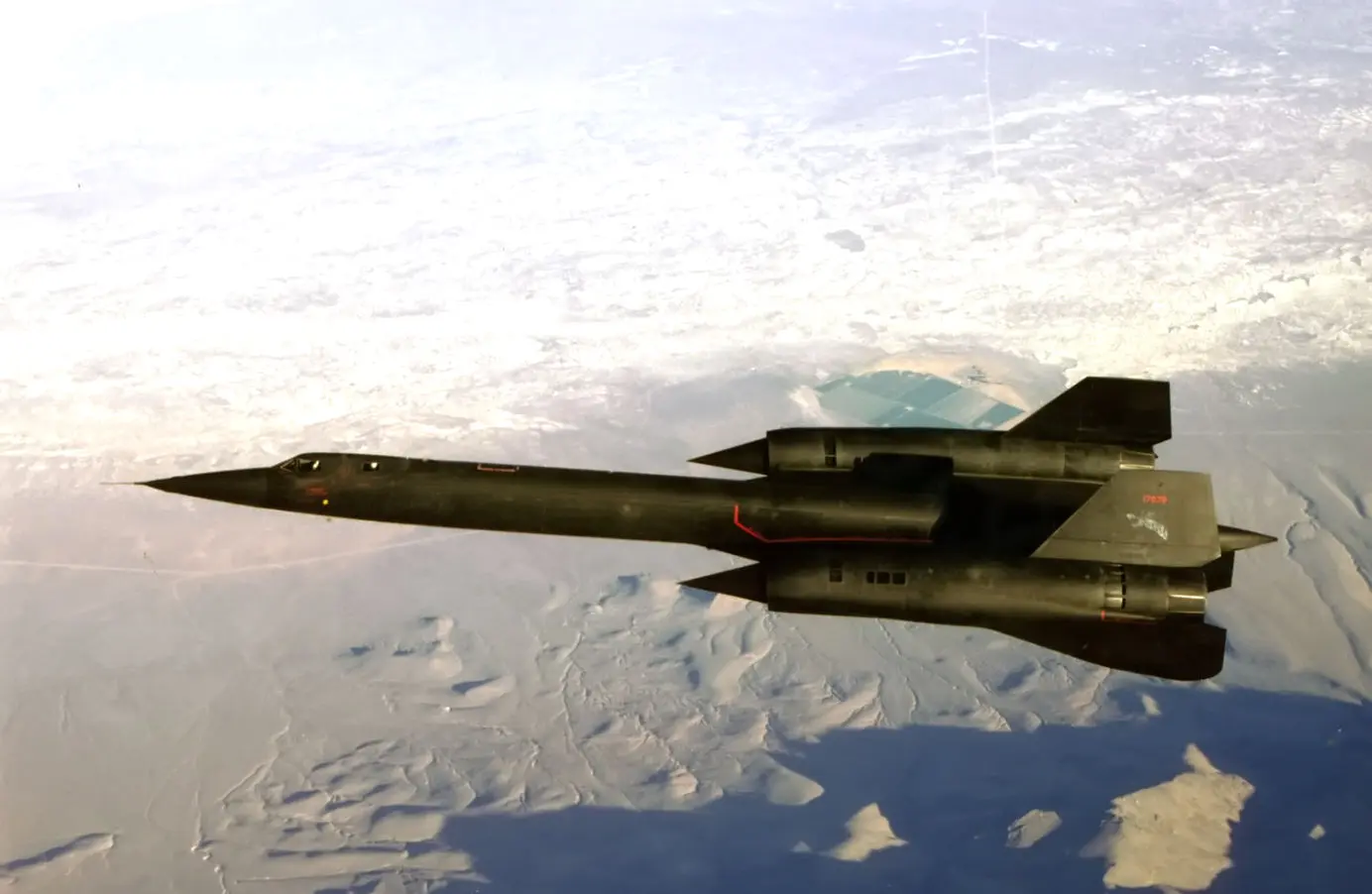
Powering the Beast: The SR-71 Blackbird's Fuel of Choice
The SR-71 Blackbird, a supersonic reconnaissance aircraft, employed a special fuel called JP-7, which was designed to withstand the extreme temperatures generated during high-speed flights. Learn more about the unique fuel used by this iconic aircraft.
Table of Contents
The SR-71 Blackbird remains an iconic marvel of engineering and aeronautical design, pushing the boundaries of speed and altitude during its operational service with the United States Air Force. One of the fascinating aspects that set this legendary aircraft apart was its remarkable fuel requirements.
What fuel did the SR-71 use? In this blog post, we will delve into the secretive realm of the SR-71's fuel, and cover its extraordinary performance capabilities.
About the Lockheed SR-71 Blackbird
The SR-71 Blackbird is a long-range, Mach 3+ strategic reconnaissance aircraft built by Lockheed Corporation. It was designed to operate at high altitudes and speeds, capable of flying at over 2,000 miles per hour (over 3,200 kilometers per hour). It is powered by two Pratt & Whitney J58 axial-flow turbojet engines, each capable of producing about 34,000 pounds of thrust.

Its sleek and distinctive shape allowed it to minimize radar detection. The SR-71 had a crew of two and was equipped with advanced surveillance systems and cameras to gather intelligence through aerial reconnaissance missions.
It served with the United States Air Force from 1966 to 1998 and played a crucial role during the Cold War, providing vital reconnaissance data. The SR-71 Blackbird remains an icon of aviation technology and is considered one of the fastest and highest flying operational aircraft ever built.
The SR-71's Fuel of Choice
The SR-71 Blackbird used a special type of fuel known as JP-7 (Jet Propellant 7). JP-7 was specifically developed by Shell for the SR-71 in 1955 and had unique properties to suit the aircraft's requirements.
JP-7 is a highly specialized fuel that is thermally stable at both near-zero temperatures and at extreme temperatures encountered during high-speed flights. It is not a conventional fossil fuel product made from from distillation, but is made of various blending hydrocarbon and synthetic products. The specific composition of JP-7 is classified, but it is known to have a high flash point, which makes it less volatile and safer to handle.
One of the main reasons for using JP-7 in the SR-71 was its low evaporation rate. This characteristic allowed the fuel to remain in a stable liquid state, even during extended periods of high-speed flight, preventing it from vaporizing or boiling off. This was crucial as the SR-71 could reach speeds exceeding Mach 3 (around 2,200 mph), resulting in airframe temperatures exceeding 500 degrees Fahrenheit.

Additionally, JP-7 offered a high energy density, meaning it provided a significant amount of energy for a relatively small volume. This was advantageous for the SR-71 as it allowed the aircraft to carry a large amount of fuel in its limited internal storage space, enabling long-duration missions without refueling.
Due to its unique characteristics, JP-7 was not commonly used in other military aircraft or commercial aviation. Its specialized formulation and stringent handling requirements made it exclusive to the SR-71 Blackbird.
The SR-71 consumed roughly 36,000–44,000 pounds (16,000–20,000 kg) of JP-7 fuel per hour of flight.
The Characteristics of the JP-7 Fuel
JP-7 fuel possessed a range of properties that differentiated it from the standard jet fuel used in conventional aircraft. Some of the key characteristics that facilitated the SR-71's extraordinary capabilities include:
- High Flash Point: JP-7 exhibited an exceptionally high flash point, meaning it required extreme conditions to ignite. This property was essential for the SR-71, as the jet's operating environment regularly involved extremely high temperatures due to air compression and frictional heat from rapid flight speeds.
- Low Volatility: Unlike other fuels, JP-7 had low volatility, meaning it produced less vapor, reducing the risk of vapor lock or fuel evaporation in excessive heat conditions. Vapor lock could lead to a loss of engine power, an unacceptable scenario for a high-performance aircraft like the SR-71.
- Lubrication: JP-7's unique formulation contained chemical additives specifically designed to act as lubricants for the SR-71's engines. These additives provided enhanced protection against the extreme heat generated during supersonic flight while ensuring smooth engine operation.
- Heat Sink: During supersonic flight, the skin of the SR-71 became very hot due to the friction with the air. The JP-7 fuel also acted as a heat sink for numerous engine and aircraft components that would otherwise overheat at the high temperatures seen during high Mach speeds.
How JP-7 Enhanced the SR-71's Performance
The SR-71 Blackbird demanded a fuel that could withstand extreme thermal conditions and continue providing optimal performance. JP-7 excelled in this aspect, offering several advantages that contributed to the Blackbird's unparalleled capabilities:
- Increased Speed: With the ability to sustain speeds exceeding Mach 3, the SR-71 was universally recognized as the fastest air-breathing aircraft ever built. JP-7 allowed the engines to operate at these extraordinary speeds, thanks to its unique attributes that prevented fuel combustion during the supersonic flight regime.

- Stealth Capabilities: In addition to its speed, the SR-71 also boasted impressive stealth capabilities. JP-7 fuel's low composition reduced the aircraft's infrared signature, making the engine's exhaust less detectable, a crucial advantage during reconnaissance missions.
- Range and Endurance: The SR-71's remarkable range and endurance were largely enabled by the JP-7 fuel's high energy density. The fuel's density and high energy content allowed the Blackbird to operate at extended distances without the need for excessive fuel carriage, enhancing the aircraft's tactical advantage across vast territories.
- Thermal Protection: Supersonic flight generates immense heat, and the SR-71's JP-7 fuel provided exceptional thermal protection for the aircraft. Acting as a heat sink, the fuel absorbed some of the excess heat generated by the sir's friction with the aircraft.
Conclusion
The SR-71 Blackbird's success was undeniably intertwined with the revolutionary fuel it used - JP-7. The unique properties of JP-7 elevated the SR-71 to a league of its own, enabling unprecedented supersonic flight, stealth capabilities, endurance, and range. As a testament to its exceptional performance, the SR-71 Blackbird remains an iconic symbol of human engineering prowess, with its fuel playing a significant role in its historic achievements.
Also read:
Planenerd Newsletter
Join the newsletter to receive the latest updates in your inbox.






